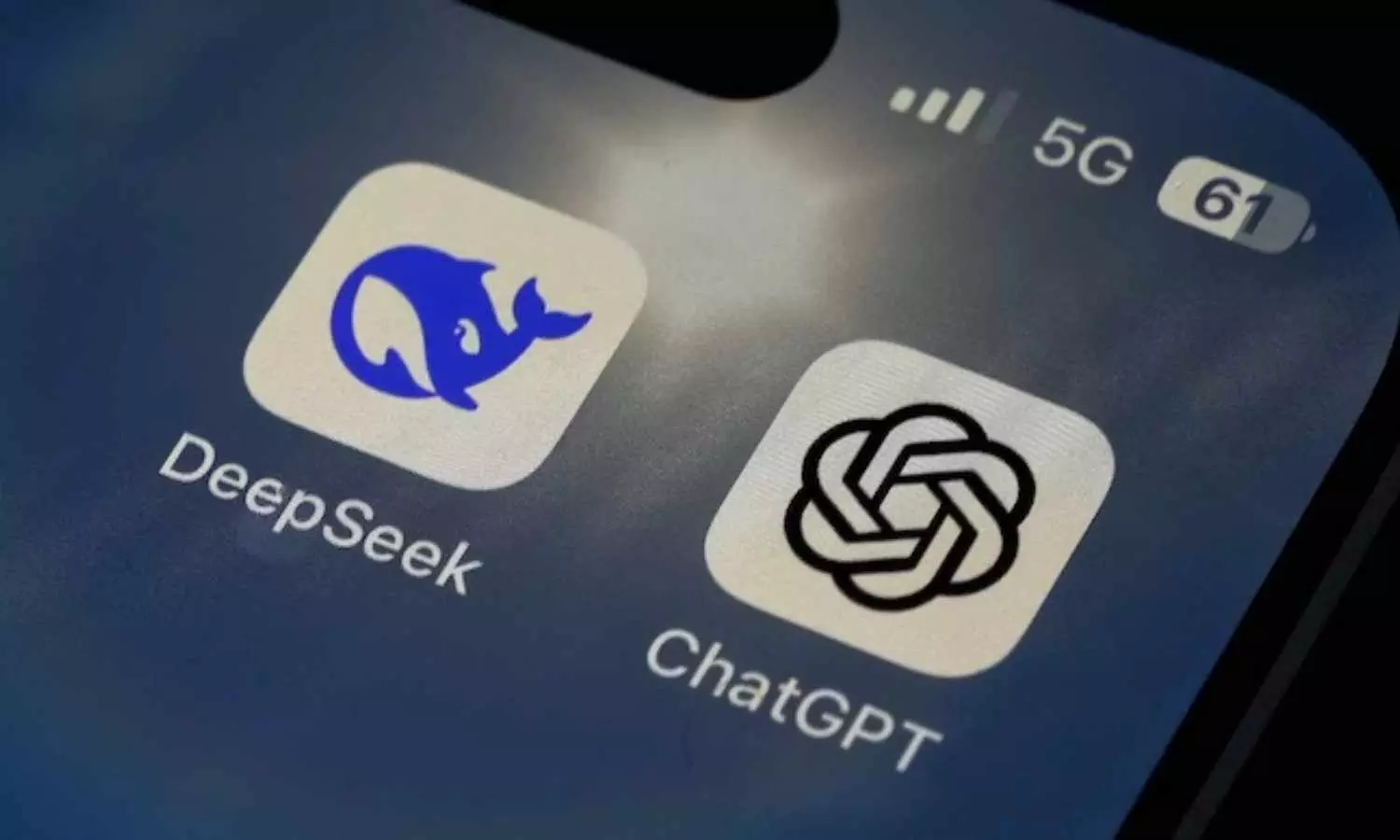Apple researchers say models like ChatGPT o3 look smart but collapse when faced with real complexity
Apple’s latest AI research highlights a surprising weakness in popular large language models—while they appear smart, their abilities falter when exposed to real-world, multi-layered problems.
Apple researchers say models like ChatGPT o3 look smart but collapse when faced with real complexity

In a revealing study from Apple’s machine learning division, researchers have pointed out a critical gap in today’s most popular artificial intelligence models: their performance in complex, real-world scenarios isn’t as dependable as it seems.
While models like OpenAI’s GPT-series (including the much-hyped GPT-4o) and others can generate remarkably human-like responses, Apple’s team suggests that their intelligence may be more surface-level than we assume. The findings shed light on what many AI experts have started to call the “illusion of competence” — the idea that AI can appear knowledgeable in controlled tasks, but cracks begin to show when they’re asked to reason through unpredictable, dynamic challenges.
The Problem? Complexity Isn’t Their Strong Suit
According to Apple’s research, many large language models (LLMs) are trained on structured datasets and predictable prompts, which give them an advantage in exams or academic-style benchmarks. But introduce ambiguity, open-ended logic, or overlapping constraints — and their reasoning often falls apart.
In internal tests, Apple scientists constructed multi-step problem sets designed to mimic real-world scenarios, such as business decision-making, legal reasoning, or layered ethical dilemmas. They found that even the most advanced models would produce inconsistent or logically flawed answers when forced to juggle multiple conflicting factors.
Why This Matters
For businesses and developers who rely on LLMs for decision support, customer service, content generation, or code development, this discovery serves as a cautionary tale. A model that seems sharp during demos might still misfire in mission-critical applications — especially where nuance or judgment is key.
Apple’s researchers emphasized that true general intelligence will require more than just memorizing patterns from training data. It will involve building reasoning systems that can simulate human-like understanding — adaptable, context-aware, and capable of working through uncertainty.
What Comes Next for Apple’s AI Push?
While Apple has remained relatively quiet in the AI race compared to rivals like Google, Microsoft, and OpenAI, this research hints that the company is prioritizing AI safety and reliability over flash.
Rumors suggest that Apple may integrate more refined LLM capabilities into iOS and macOS in upcoming releases — possibly with a focus on privacy-first, on-device inference. And based on this research, they’re clearly interested in pushing beyond surface-level intelligence into more robust, trustworthy AI applications.

